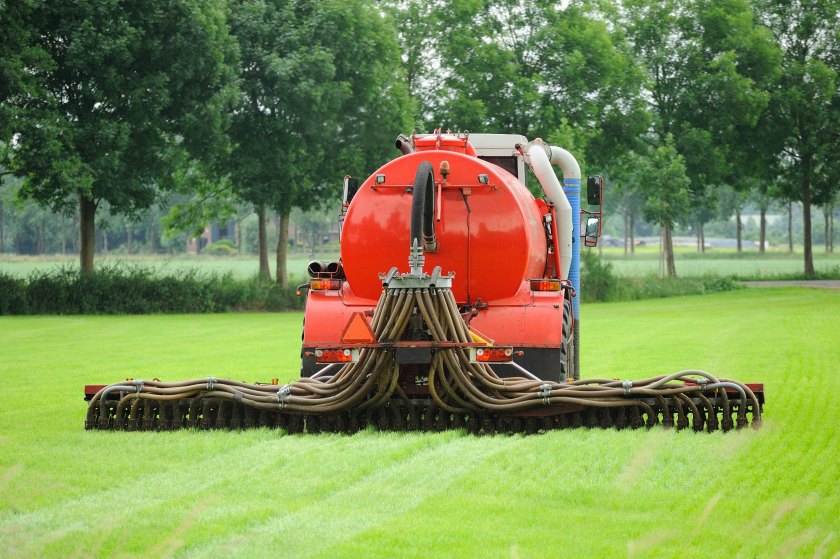
Northern Irish farmers are being reminded of the importance of following slurry spreading rules as the closed season for spreading organic manures soon comes to an end.
Farmers in Northern Ireland are being told to act with extra caution as the open slurry period commences on 1 February.
The introduction of the new Nutrients Action Programme (NAP) in 2020 brought with it various changes to spreading.
For the month of February, buffer zones will increase and the maximum amount of slurry that can be applied at any one time is reduced to lower the risk of contamination to waterways.
Buffer zones will increase to 30m from lakes and 15m from any other waterways, but they can be reduced to 5m if low emission slurry spreading equipment (LESSE) is used and certain conditions are met.
The maximum slurry rate is reduced to 30m3 per hectare for each application (2750 gallons/acre).
Northern Ireland's Department of Agriculture (DAERA) said farmers should remember their responsibilities to protect water quality when spreading slurry.
"From 1 February it will be possible to spread slurry and manure on land as long as ground conditions allow," it said.
"Avoid spreading slurry if the ground is frozen, water-logged or heavy rain is forecast."
DAERA added: "Farmers should also be aware of the rules for spreading slurry during February when there is an increase in the width of buffer zones required along waterways and a reduction in the maximum application rates allowed.
"Buffer zone and maximum application rate requirements will revert back to the original distances and volumes from 1 March onwards until 1 October.
"The increased buffer zones will then apply again until the 15 October."
